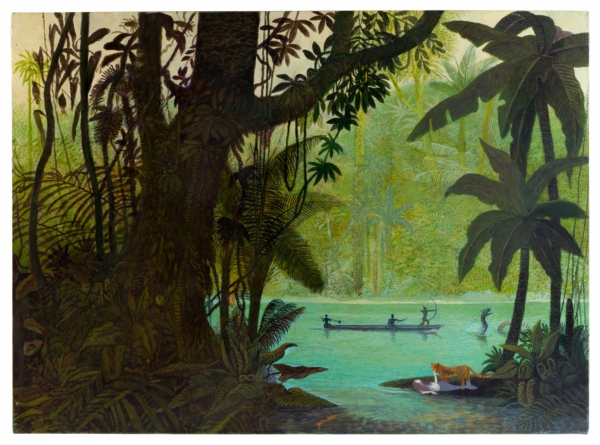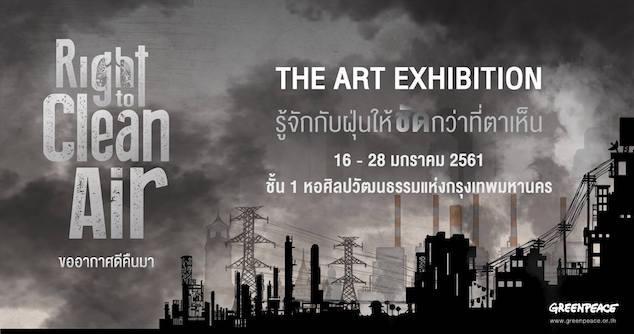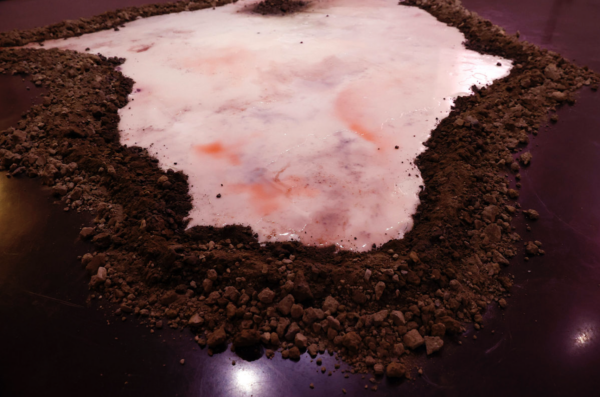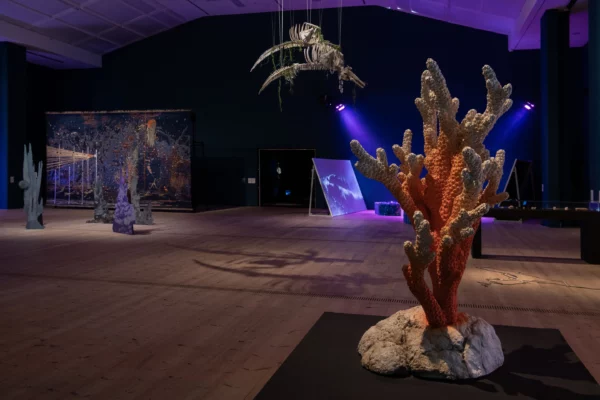
The Earth, the Fire, the Water, and the Winds – CARA
le Center for Art, Research and Alliances (CARA) à New York présente The Earth, the Fire, the Water, and the…

Greenpeace South East Asia is showcasing Rueangsak Anuwatwimon art in an exhibition intended to the public and the government aware they are breathing air permeated with three times the safety level of fine dust, known as particulate matter 2.5, set by the World Health Organisation last year.
The artist has applied his talent to awakening people to an invisible threat they unwittingly breathe in – by incorporating ultra fine dust collected from polluted areas across Thailand in his human sculptures. His work carries a warning of the dangerous levels of invisible pollutants people inhale every day.
« This polluting dust is simply ignored by both people and the government, » Chariya Senphong, Greenpeace coordinator for energy and climate change affairs, said after the opening of the exhibition.
But very high average levels of PM 2.5 were recorded each year in Sara Buri, with 36 microgrammes a cubic metre, and Thon Buri, with 31 microgrammes, she said. These were among the polluted areas that were the inspiration for Rueangsak’s latest work.
Among the displays are the sculptures of a child, a mother and an elderly man who are covered with dust he collected from various polluted areas, including factory compounds. This group, featuring people most at risk, represent villagers struggling against its impact. PM 2.5 is dangerously tiny dust, only 2.5 micrometres in diameter – much less than the width of a single human hair. These fine particles can be emitted by bushfires, power plants and even old cars. Its major impact is on the respiratory system, because it lodges in the lungs. Air pollution leads to the premature death of about 50,000 people each year in Thailand, Greenpeace said, citing the latest World Bank study.
The study found levels of air pollutants in 14 areas were above the WHO standard last year. In addition to Sara Buri and Thon Buri provinces, others deemed to be risk areas included Samut Sakhon, Ratchaburi, Khon Kaen and Chiang Mai, with levels of PM 2.5 ranging from 25 to 30 microgrammes a cubic metre, according to Greenpeace The environmental group hopes the art display will make people more aware of their right to clean air, which is also the name of the exhibition.
« We should not take any risks on this issue and simply wait for the government to solve the problem, » Ms Chairya said.
Exposition « Right to Clean Air »
16 janvier – 28 janvier 2018
Bangkok Art and Culture Centre
939 Rama 1 Road, Wangmai, Pathumwan, Bangkok 10330
Pour plus d’informations : https://www.facebook.com/events/313718525795699/
le Center for Art, Research and Alliances (CARA) à New York présente The Earth, the Fire, the Water, and the…
élébrant dix ans d’une collaboration fructueuse avec le Musée de la Chasse et de la Nature, COAL, acteur pionnier et…
L’exposition For All At Last Return, au Baltic Centre for Contemporary Art, réunit un ensemble majeur d’artistes internationaux autour d’une…

